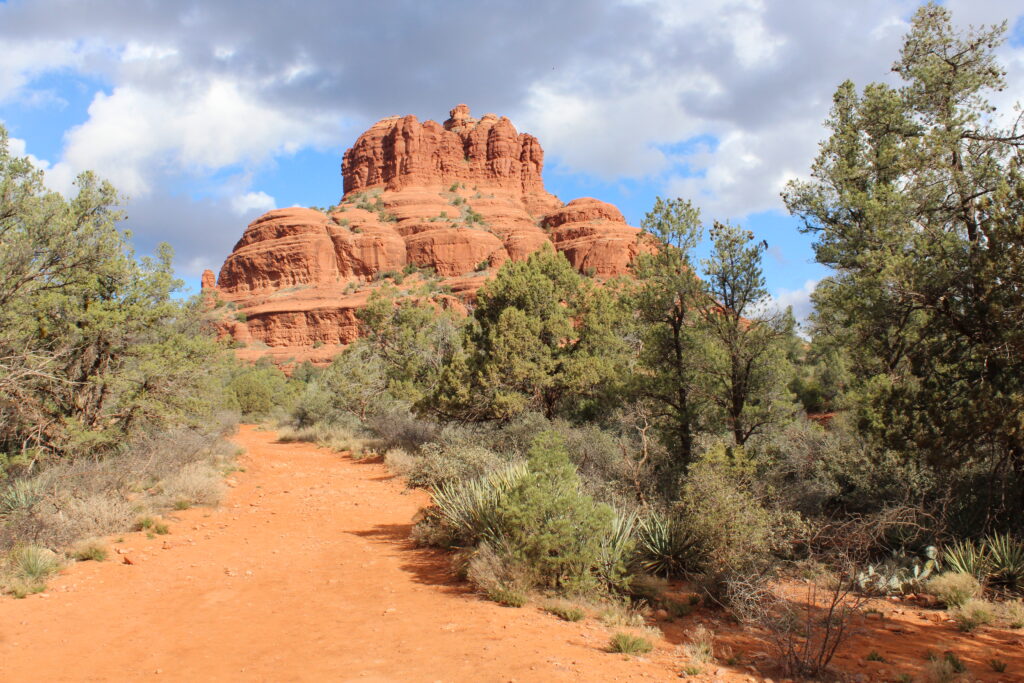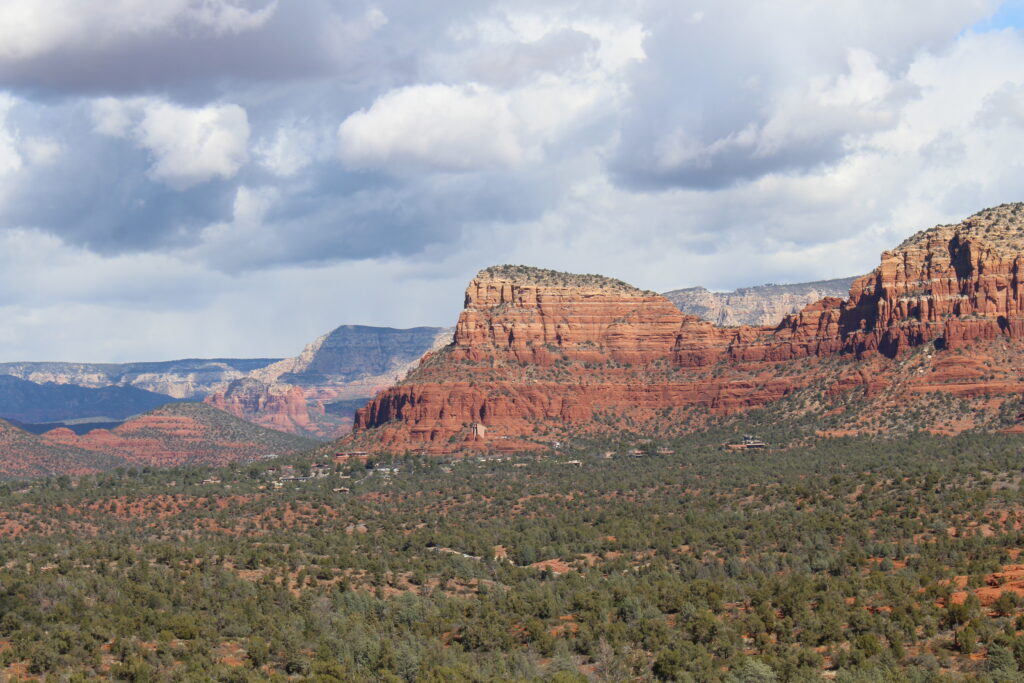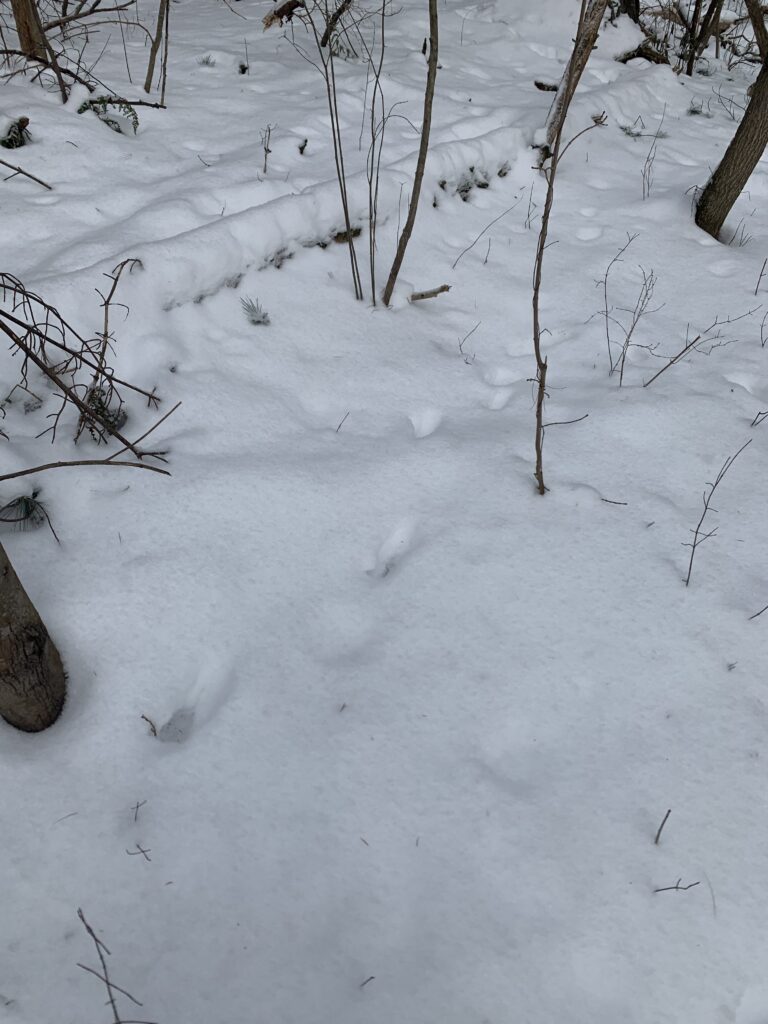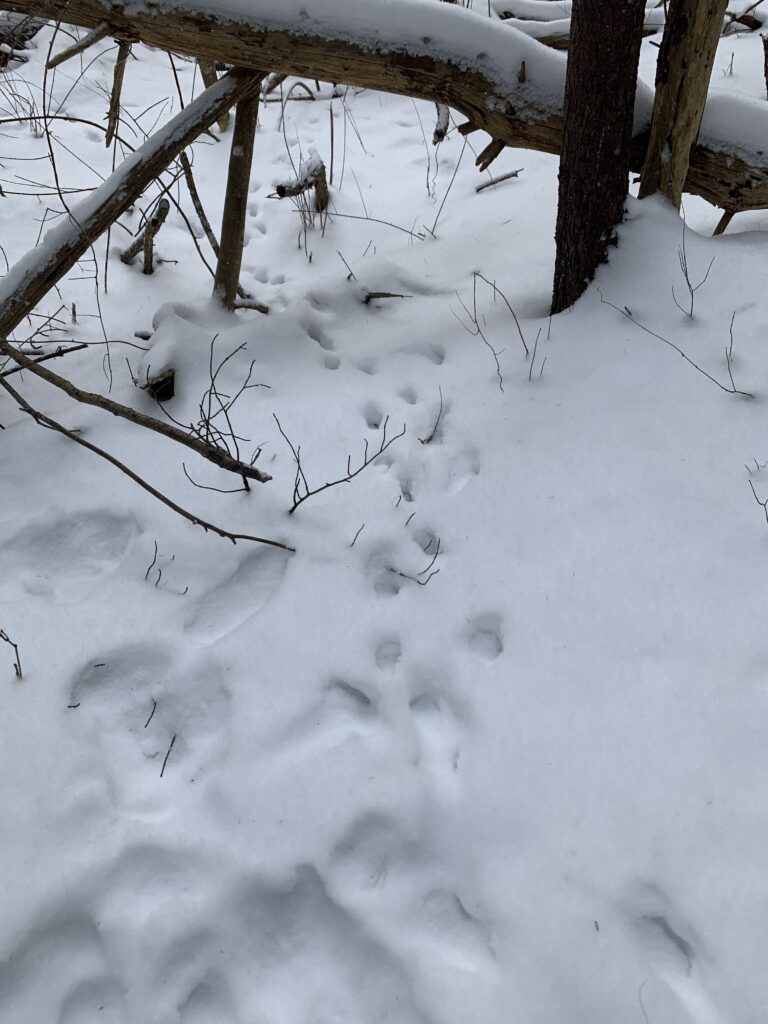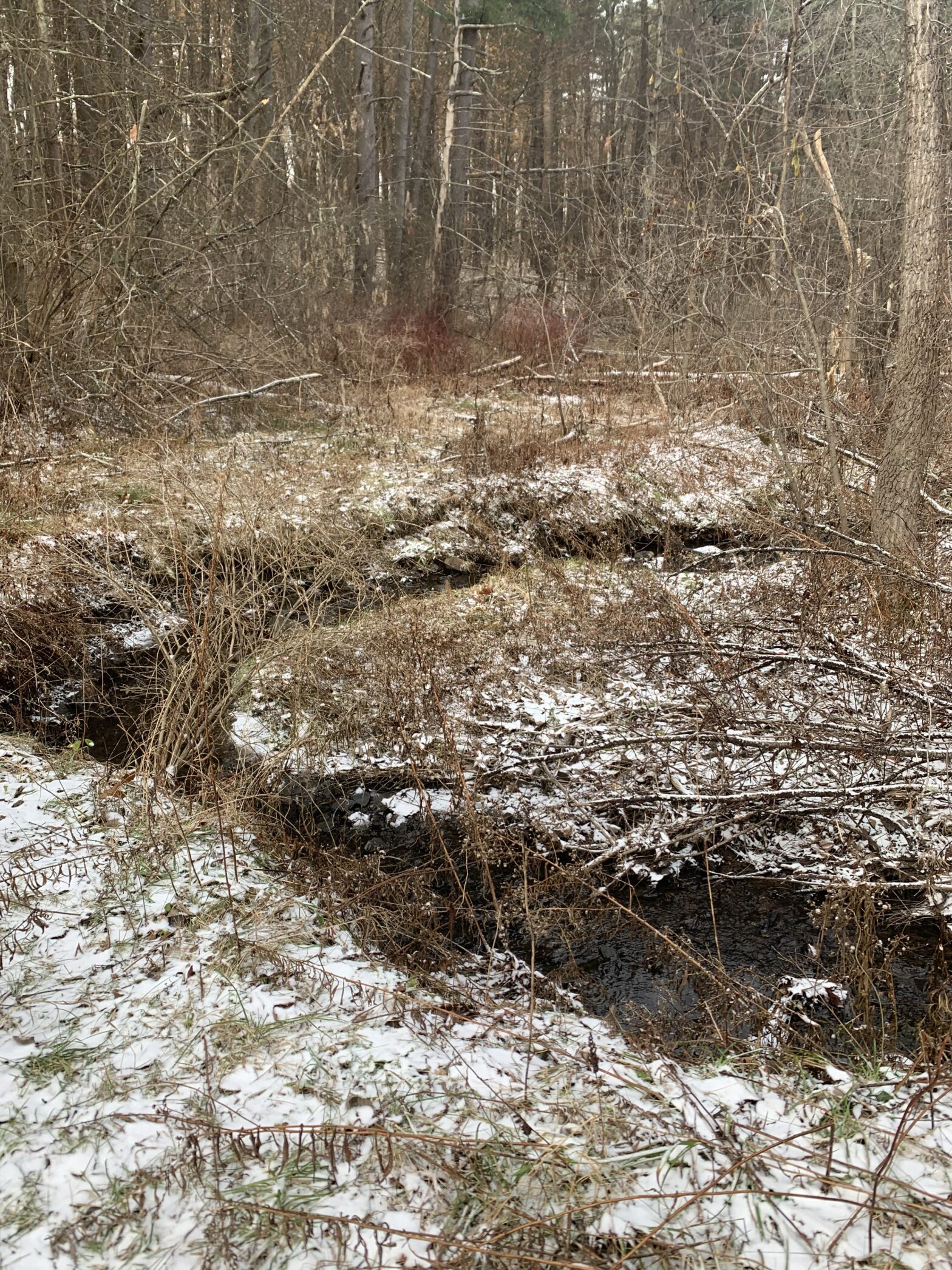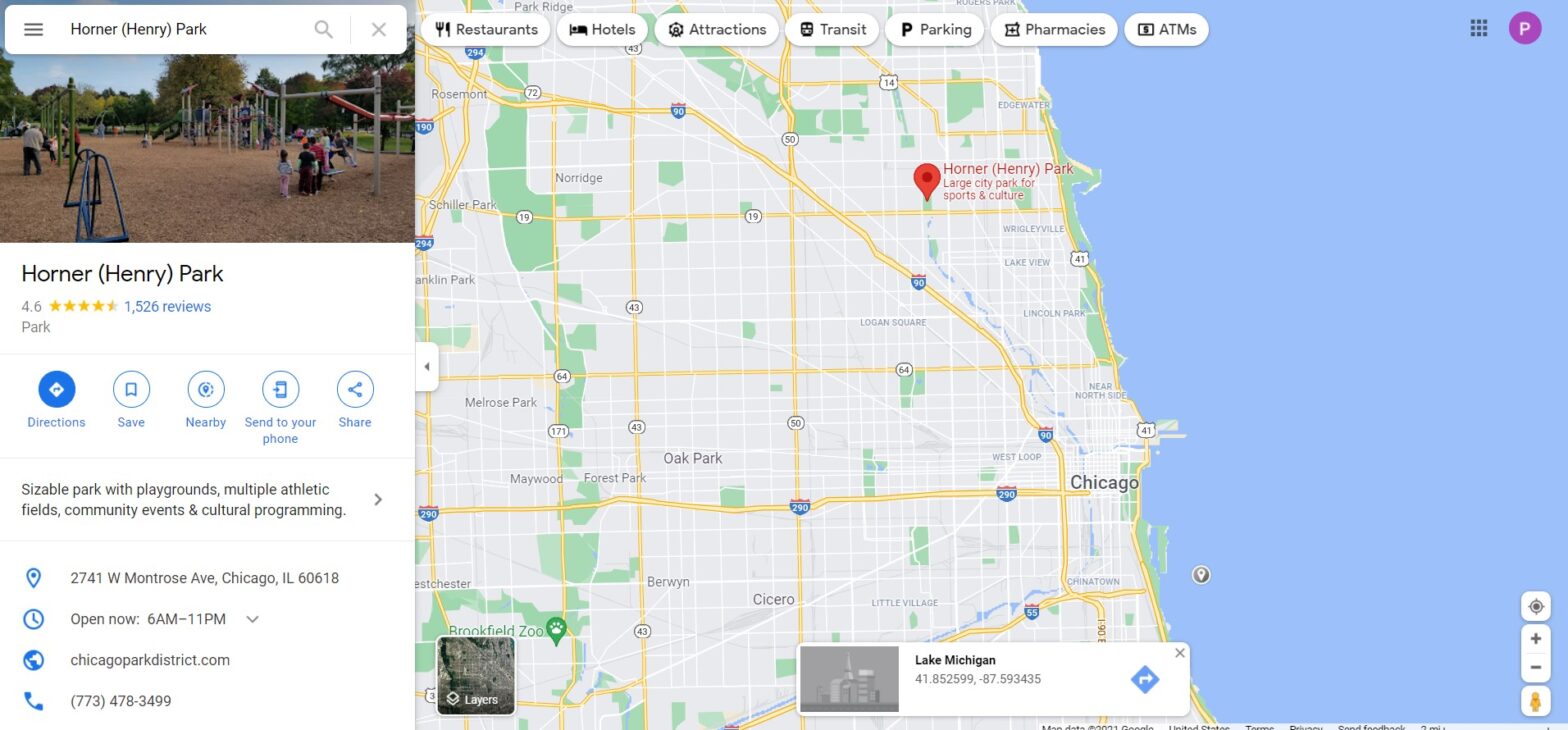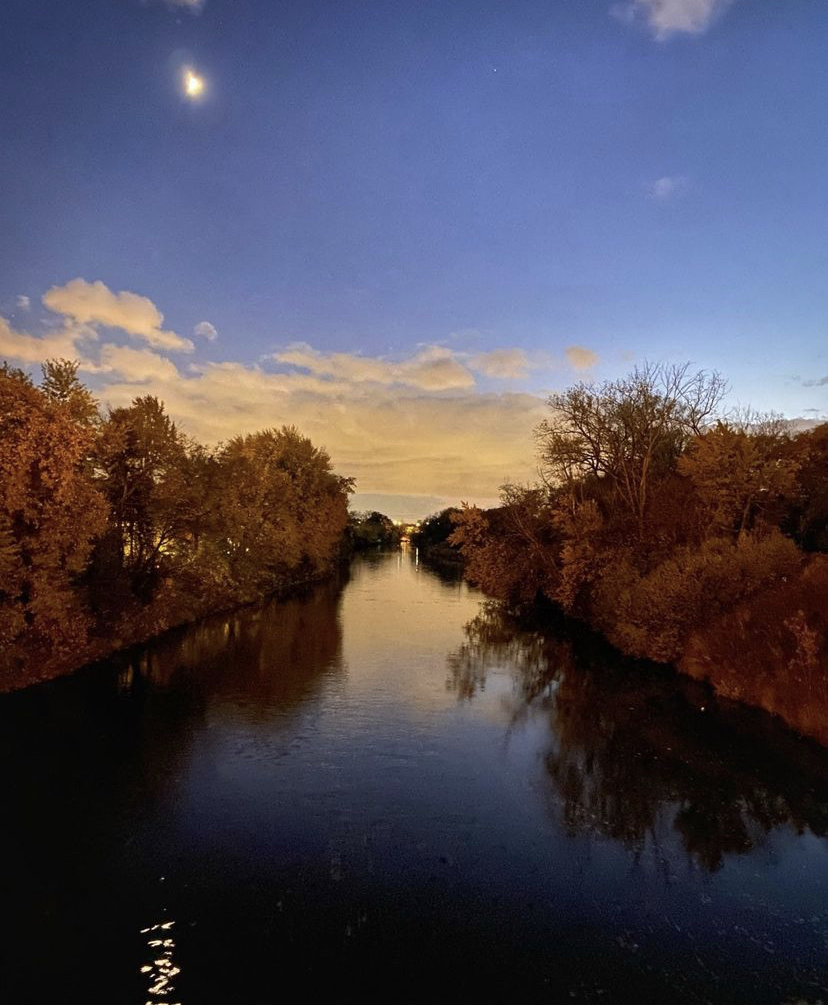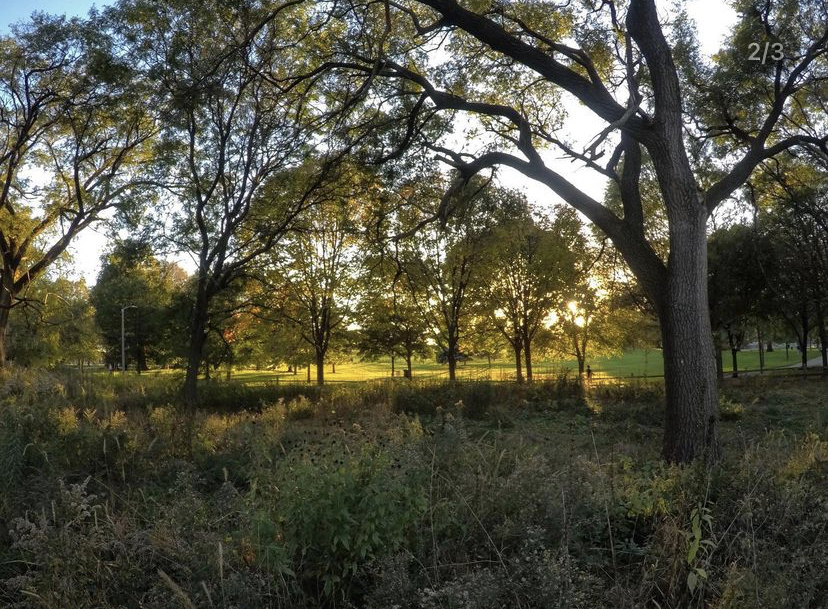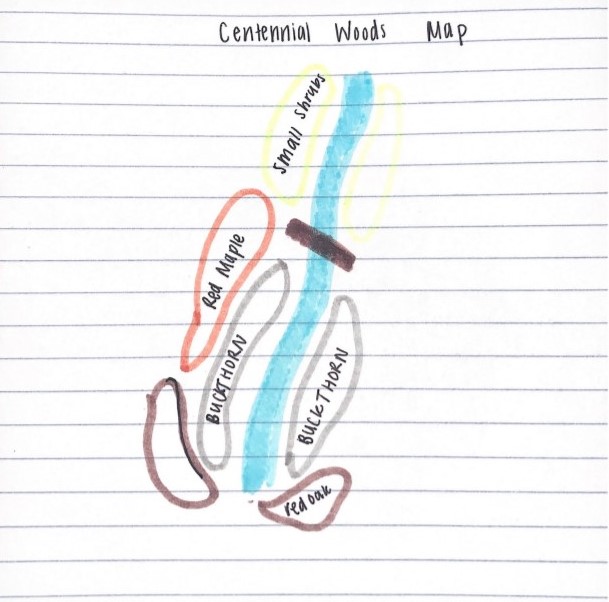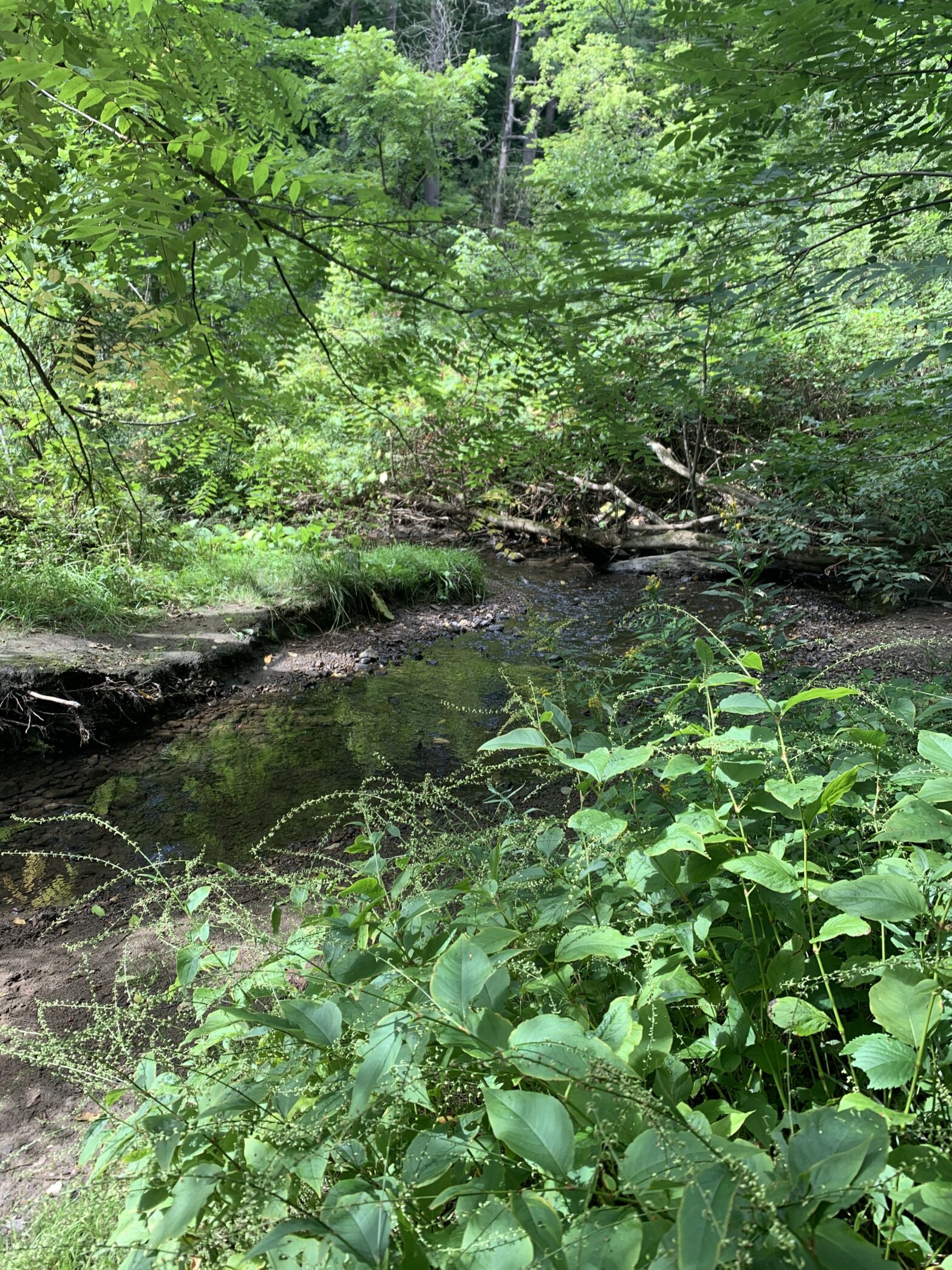I went to Centennial Woods one last time before the end of the school year. I have really appreciated being able to go to this spot throughout the school year to see how it has changed with the seasons. Right now, Centennial Woods is starting to get greener and looking more and more like how it was when I first visited in September. I enjoyed being able to see some wildlife again such as some minnows in the stream and being able to hear the birds chirping again.
I think that nature and culture can have a large connection at Centennial Woods since the land is owned by UVM. I think natural areas being owned by a large university like UVM can have cultural implications in how the land is managed and who is managing it. After spending a lot of time in Centennial Woods, I would consider myself to be a part of this place. I think UVM owning the land means that students and other visitors are able to learn here, and I feel as if I have been able to learn a lot from my visits.
